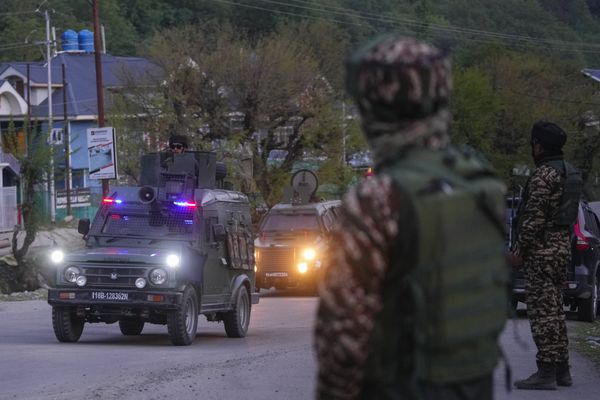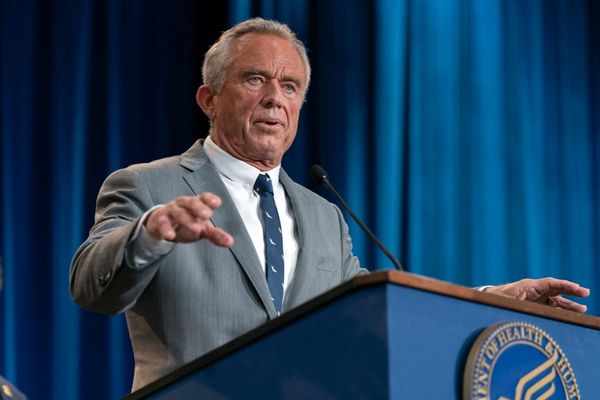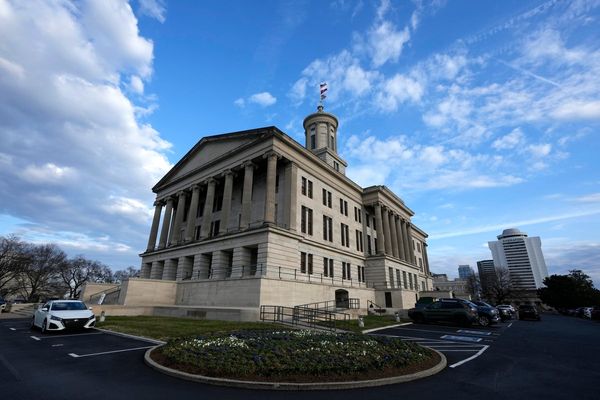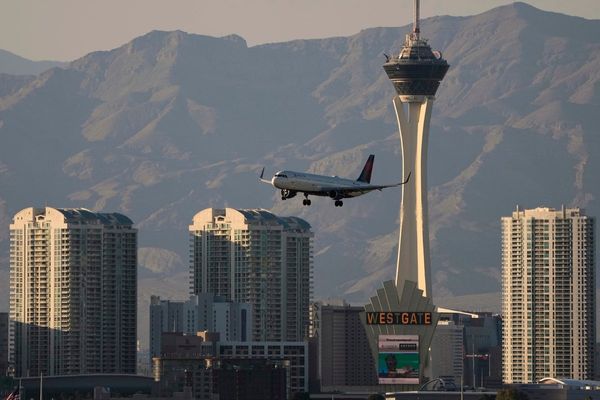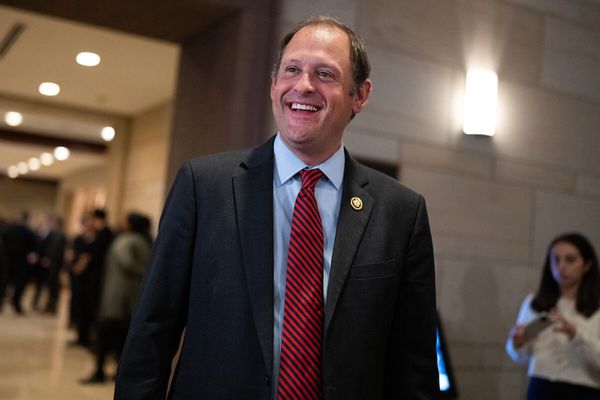Early Wednesday morning, inside a chemical manufacturing complex just southeast of Beaumont, a building erupted in a ball of flames, injuring eight people and sending acrid smoke wafting over southeast Texas. The explosion and subsequent fires at the Texas Petroleum Chemicals (TPC) Group plant, located near a residential area in Port Neches, knocked out the windows and damaged roofs of surrounding homes. The day before Thanksgiving, residents within the four-mile radius of the plant were ordered to evacuate.
Fires burned throughout the weekend, and all but one was put out by Tuesday. The TPC plant, which has a long history of violating state and federal environmental laws, manufactures butadiene, a known human carcinogen that can cause blurred vision, nausea, unconsciousness, and respiratory paralysis. Officials also have warned that residents could be exposed to asbestos. “I just worry about what we’re breathing in,” one resident told the local ABC affiliate. Another resident told the TV station, “You don’t really realize how close you are to danger until something like that happens in your own backyard.”
The EPA estimates that 177 million Americans live near high-risk facilities that store or use potentially dangerous chemicals. One in three children attend school in those areas, with particularly high concentrations of schools in vulnerable zones in the Houston and Beaumont-Port Arthur metro areas.
Despite the well-documented risks of living near these facilities, just before the latest Texas explosion, the Trump administration rolled back plant safety rules that could make people who live, work, and learn near such facilities safer.
On the heels of a deadly fertilizer plant explosion in 2013 in the town of West, north of Waco, the Obama administration ramped up safety protections for dangerous chemical facilities. Most of the 15 people killed in the West explosion were trying to extinguish a fire at the plant, not knowing it housed 270 tons of ammonium nitrate, dwarfing the amount used in the 1995 Oklahoma City bombing. Not even the U.S. Department of Homeland Security, which regulates ammonium nitrate, knew that massive quantities were being stored onsite. And because the company told the Environmental Protection Agency there was no risk of fire or explosions, there were few inspections at the plant.
That year, Obama’s EPA amended the federal Risk Management Plan (RMP) program, which lays out safety rules for chemical facilities, to increase the number of investigations at plants and bolster transparency. The changes required investigations when plants experienced a “near miss” incident that almost resulted in disaster; required third-party audits after reportable incidents; allowed the public to access information such as chemical inventory and accident history; and forced repeat offenders to conduct safety research. The changes were a direct response to the West explosion, which “resulted from the failure of a company to take the necessary steps to avert a preventable fire and explosion,” said Rafael Moure-Eraso, the chairman of the U.S. Chemical Safety Board.
Eric Whalen, a spokesperson for the Environmental Justice Health Alliance for Chemical Policy Reform, says the upgraded protections were not a panacea, but that “these advances were good and in the right direction.” After a drawn-out and predictable legal fight, the amended RMP program went into effect for a few months this year.
That is, until November 20, when Donald Trump’s EPA moved to roll the amendments back. Trump told the Washington Post that some of his changes, such as removing the requirement for public information, were made to protect plants from terrorist attacks. Trump’s EPA said the changes were made partially to “reduce unnecessary regulations and regulatory costs”—which would inevitably save the chemical industry money. Whalen says the rollbacks are also a way for federal officials to ignore problems at facilities until they cause another disaster. “This is a way for EPA to cover its eyes and its ears and stick its head in the sand,” he says. “People will die eventually.”
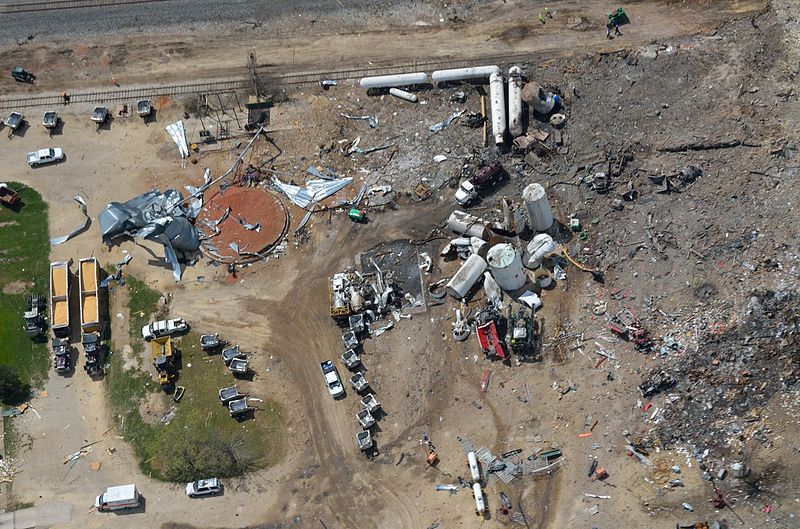
He and other advocates are urging EPA to reinstate the Obama-era rules, saying that without them, people will continue to be put into harm’s way.
The Port Neches explosion is just the most recent data point in the timeline of mishaps at chemical plants in Texas. In March, after an explosion at the International Terminals Company in Deer Park, a Houston suburb, 11 tanks holding 80,000 gallons each of hazardous chemicals burned for days; water sprayed by firefighters mixed with the chemicals and leaked into the Houston Ship Channel. When the Arkema plant caught fire in nearby Crosby after being flooded by Hurricane Harvey in 2017, first responders had to resort to Googling the facility’s chemical inventory to figure out how dangerous it was.
Back in West, Mayor Tommy Muska told the Dallas Morning News he was “disappointed” at the Trump administration’s decision to reverse safety rules. “The American people and American politicians, they have a short memory,” Muska said. “They’re going to say everything is fine, and every few years something like this is going to happen again.” Days later, Port Neches watched as flames rose high in the sky.
Read more from the Observer:
-
The Last Nurse in Memphis, Texas: Carole Ward, a former nurse practitioner, ran the only health clinic in a small town in the Panhandle until she retired in 2017.
-
Why I Started a Book Club in the Harris County Jail: Education programs make jails safer and reduce rates of recidivism when people reenter society.
-
Joe Barton Resurfaces with a Blueprint for How to Bail Out the Oil Industry and Worsen Climate Change: As the former Texas congressman prepares to get into the lobbying game, the climate-change denier reflects on how he worked with industry to unleash a runaway drilling boom in the Permian Basin.
